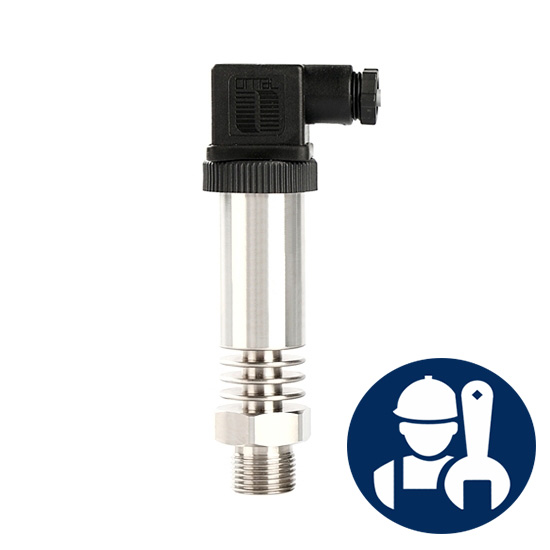How to Maintain Pressure Sensor?
Thu, Dec 01 by ATO.com
Pressure sensor is a device or device that can feel pressure signal and convert it into usable output electrical signal according to certain rules. Pressure sensor usually consists of pressure sensor and signal processing unit. It is widely used in various industrial automatic control environment, involving water conservancy and hydropower, railway traffic, electric power and other industries.
In addition to understanding the basic information of some pressure sensors, we should also know how to maintain and pay attention to some key points in use. In this article, ATO industrial automation will give you a detailed introduction.

- Check the size of the device hole. If the size of the device hole is not suitable, some of the threads of the sensor are simply worn out during the process of the device. This will not only affect the sealing performance of the equipment, but also make the pressure sensor not fully functional, and may even cause safety hazards.
- Adhere to the cleaning of the device holes. It is very important to insist on the cleaning of the device holes and prevent the melt from blocking to ensure the normal operation of the equipment. Before the extruder is cleaned, all pressure sensors should be removed from the barrel to prevent damage. When the sensor is removed, the melt may flow into the device hole and harden.
- Choose the proper orientation. When the pressure transducer sensor is too close to the upstream of the production line, the unmelted material may wear the top of the sensor. If the sensor is installed too far behind, it may be between the sensor and the screw stroke.
- Clean carefully. Before cleaning the extruder barrel with a wire brush or special compound, all sensors should be disassembled. Because these two cleaning methods may cause a sensational film damage to the sensor. When the barrel is heated, the sensor should also be disassembled and the top of the sensor should be wiped with a soft cloth that will not wear out.
Key Points in Use:
- Prevent dross from depositing in the duct.
- Prevent the transmitter from touching corrosive or overheated media.
- The pressure guiding tube should be installed in a place with little temperature fluctuation.
- When measuring the liquid pressure, the pressure tap should be opened beside the process pipeline to prevent deposits and slag.
- When measuring gas pressure, the pressure tap should be opened at the top of the process pipeline, and the transmitter should also be installed on the upper part of the process pipeline, so that the accumulated liquid can be simply written into the process pipeline.
- When wiring, pass the cable through the waterproof connector or flexible tube and tighten the sealing nut to prevent rainwater from leaking into the transmitter housing through the cable.

